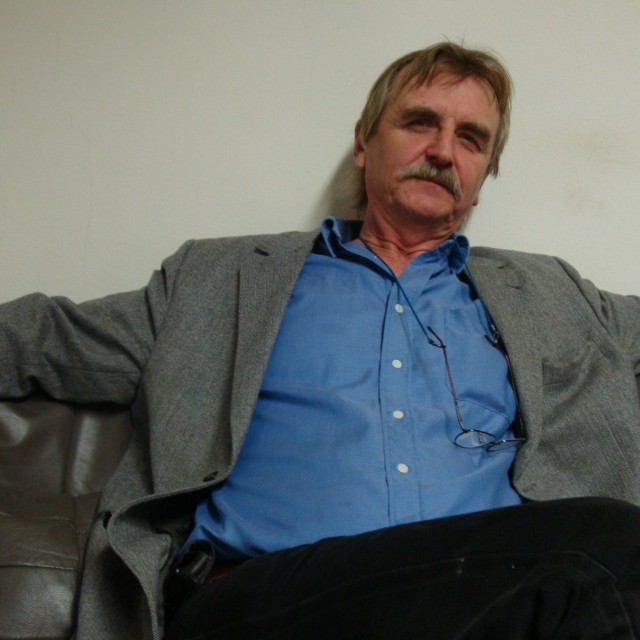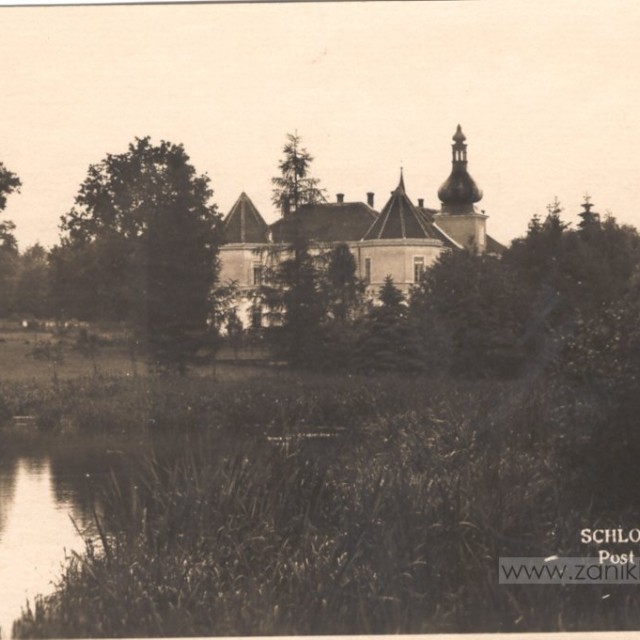A village for the rest of their lives
After 1951, when the village of Maříž suddenly found itself in the restricted border zone, its inhabitants faced an uncertain future. A local native, František Dušek, recalls this period: “for some time, Maříž was encircled by barbed wire; there were fences all around the village.” Although the plans to move out the population and demolish the village were later dropped, the authorities would not allow anybody new to move to the village. Only the original residents were granted the right to live in Maříž till the end of their days. Despite of this, the authorities also banned the renovation and reconstruction of the village houses. Thanks to František Dušek and his father, however, they allowed for at least a partial cultivation of Maříž in the 1970s. They filed a number of applications for the repair of their house and since they were both active members of the border guard, the communist authorities couldn't ignore their claims in the long run. After the family of Mr. Dušek was allowed to repair their house, similar requests were sent by the other villagers as well. Today Maříž is a popular tourist destination, renowned in particular for its production of ceramics.
Hodnocení
Hodnotilo 0 lidí
Routes
Not a part of any route.
Comments
- Many More
2014-03-25 17:08:50 - Místo, které je vyznačeno na mapě, je od Maříže vzdáleno cca 45km a leží hluboko v Rakousku. Chtělo by to opravit...



